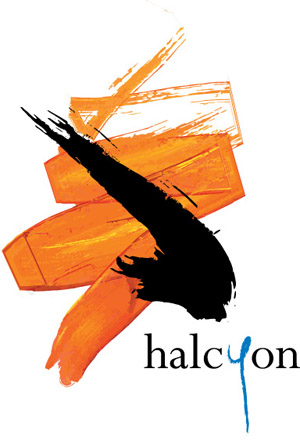Raising Sparks
Verbrugghen Hall, Sydney Conservatorium of Music
Sydney Morning Herald, November 2003
By Peter McCallum
There was the grizzled old man of modernism, rebarbative and truculent, the deft but passionately spiritual young Scottish stylist, and two young Australians of modern and postmodern persuasion, all coming together to make one of the most interesting new music programs of the year.
Halcyon consists basically of two singers, Alison Morgan and Jenny Duck-Chong, and its artistic mission is to present new and neglected chamber music involving the voice for which purpose they were joined here by the conductor, Matthew Wood, and diverse instrumentalists.
Vocally it was uniformly excellent; instrumentally a little more patchy. In Maiden Aunts, by Australian composer Jane Stanley to a poem by David Malouf, the two sopranos sang much of the text to a common rhythm, primly staying together against more untamed instrumental writing, except for the odd escape into melismatic indulgence. The vocal writing itself was angular and stiff, sometimes effectively, at other places a little inflexibly.
The Scottish composer James MacMillan’s impressive song cycle, Raising Sparks, adopted a more striking, incantatory and ritualistic style, grabbing attention with an arresting fluency of style and gesture, alternating serene, chant-like song fragments with an wild, shrieking refrain apparently representing the explosive moment of creation.
Duck-Chong was vivid, dramatic and powerful here, holding together its dark narrative with inner intensity and urgency.
Paul Stanhope’s Shadow Dancing for clarinet, viola and piano revolved ambiently around a single motive. The first movement inflected it with disjunctions and distortions, the second with more serene calm, while the finale had the character of human/divine dance sometimes found in the music of Ross Edwards. The most impressive work was Harrison Birtwistle’s Nine Settings of Celan. Celan is a post-holocaust poet, painstakingly trying to reconstruct poetic utterance after barbarism and the settings used the dark, miasmic yet glowing colours of low clarinets and strings.
Morgan brilliantly maintained a subdued, haunting expressiveness in the difficult vocal part, although the instrumental intonation, balance and tonal control was not precise enough to capture the craggy beauty of the instrumental textures. There was an impression here of a slight lack of differentiation in the characterization of each song.
Another intelligent program from Halcyon.

